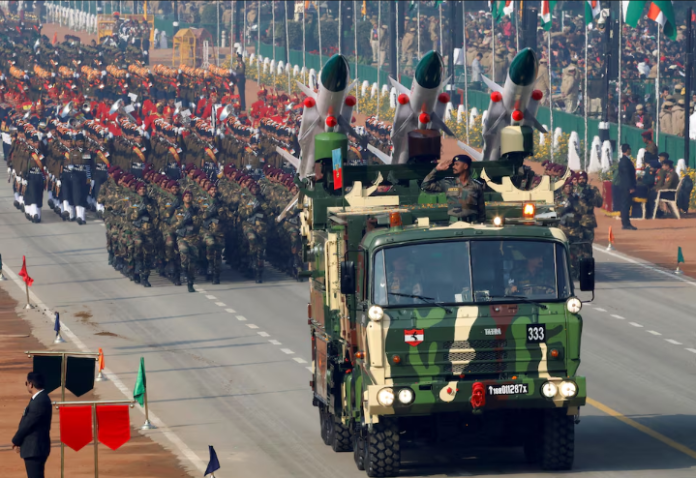India is stepping up its game in the global arms market, and it’s doing so with a smart strategy—offering long-term, low-interest loans to countries looking for affordable weapons, especially those traditionally reliant on Russian arms. Under Prime Minister Narendra Modi’s leadership, India is not just making iPhones and pharmaceuticals anymore; it’s also pushing to become a major player in the export of helicopters, missiles, and even battleships.
To back this ambitious move, India’s state-owned Export-Import (EXIM) Bank is expanding its financing capacity, even to countries considered too risky by traditional lenders. This shift aims to help nations in Africa, South America, and Southeast Asia gain access to Indian-made military gear at lower costs.
But it’s not just about money. New Delhi is increasing its diplomatic outreach by deploying more defense attachés to embassies in strategic countries like Algeria, Brazil, Tanzania, and Cambodia. These attachés aren’t just representing India—they’re actively promoting Indian defense products and analyzing the needs of host countries to help close deals.
The global defense landscape is changing fast, especially after Russia’s invasion of Ukraine. Many countries that used to buy from Russia or the U.S. are now exploring other suppliers. India, with its experience buying weapons from both superpowers, is positioning itself as a credible alternative.
Although India still faces challenges in proving the quality of its high-end equipment, it has already made progress. For example, Indian-made artillery shells have been spotted on the frontlines in Ukraine. Indian firms also sell artillery for half the price of European versions and produce 155 mm shells for a fraction of Western costs.
Despite falling short of its $3.5 billion arms export target this year—reaching around $2.3 billion—it’s a massive jump from just $230 million a decade ago. The government’s goal is to double arms exports to $6 billion by 2029. Companies like Adani Defence and SMPP are helping lead the charge, with new facilities for producing large-caliber ammunition and growing interest from international buyers.

India is even making moves in Brazil, where it hopes to sell Akash missiles and possibly build battleships. Bharat Electronics, which manufactures parts for the Akash system, recently opened an office in São Paulo. EXIM Bank is expected to help finance these deals.
One of the biggest advantages India offers is strategic autonomy. Many nations still operate on Soviet or Russian military standards, making India’s offerings a better fit than NATO-aligned suppliers. A prime example is Armenia, which has recently diversified its arms sources away from Russia with help from India.
India’s approach combines competitive pricing, diplomatic push, and financing to expand its global footprint in defense manufacturing. If successful, it could not only reduce India’s dependency on imports but also challenge long-standing arms suppliers like Russia and the U.S.



